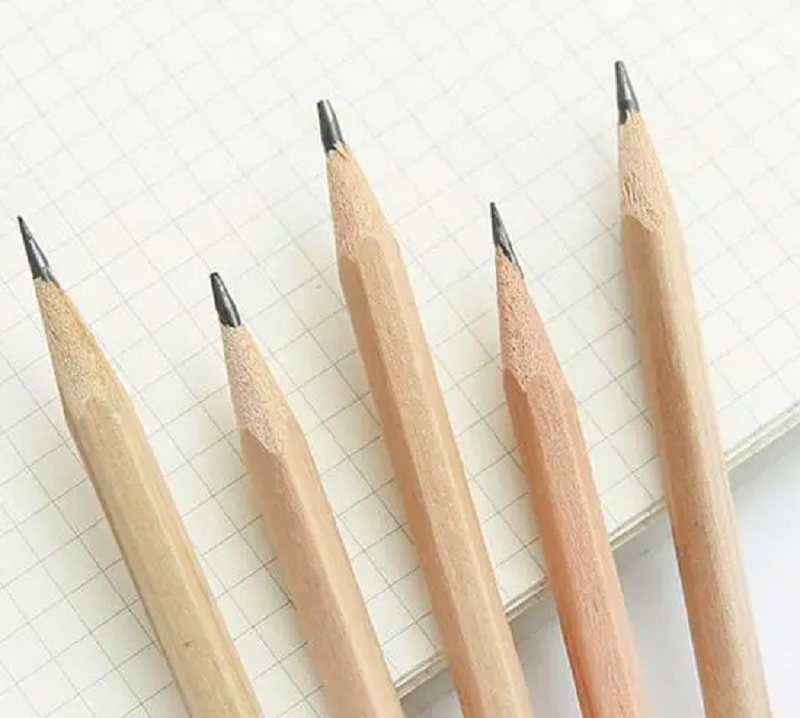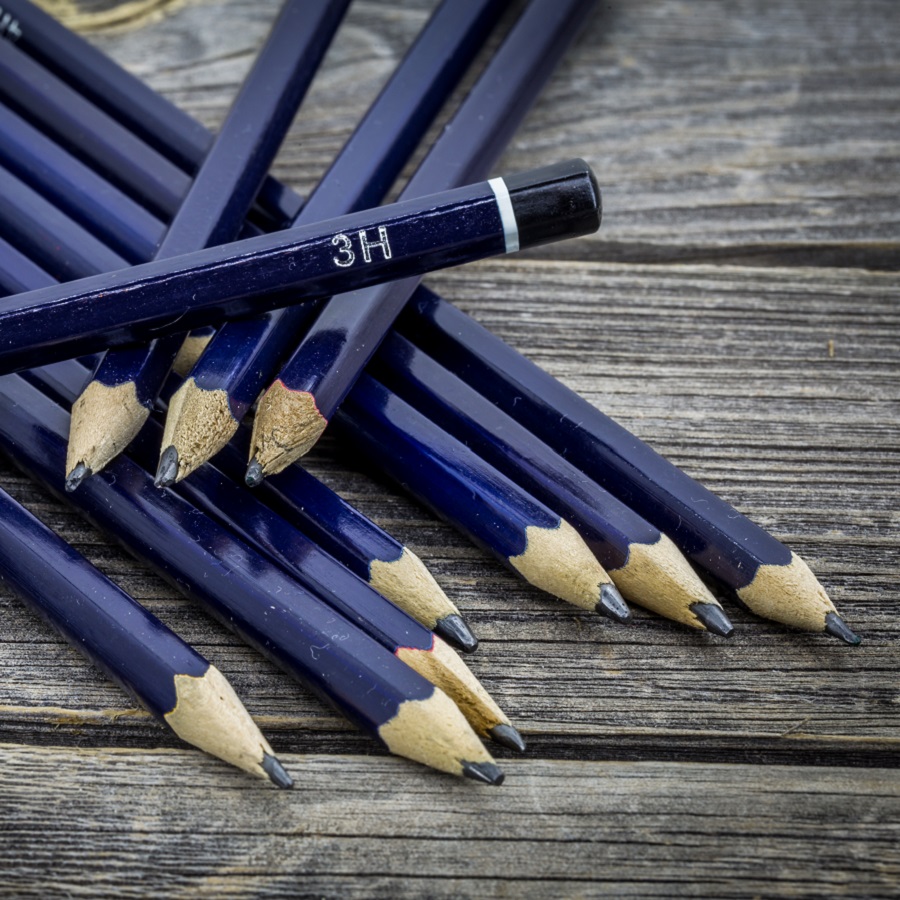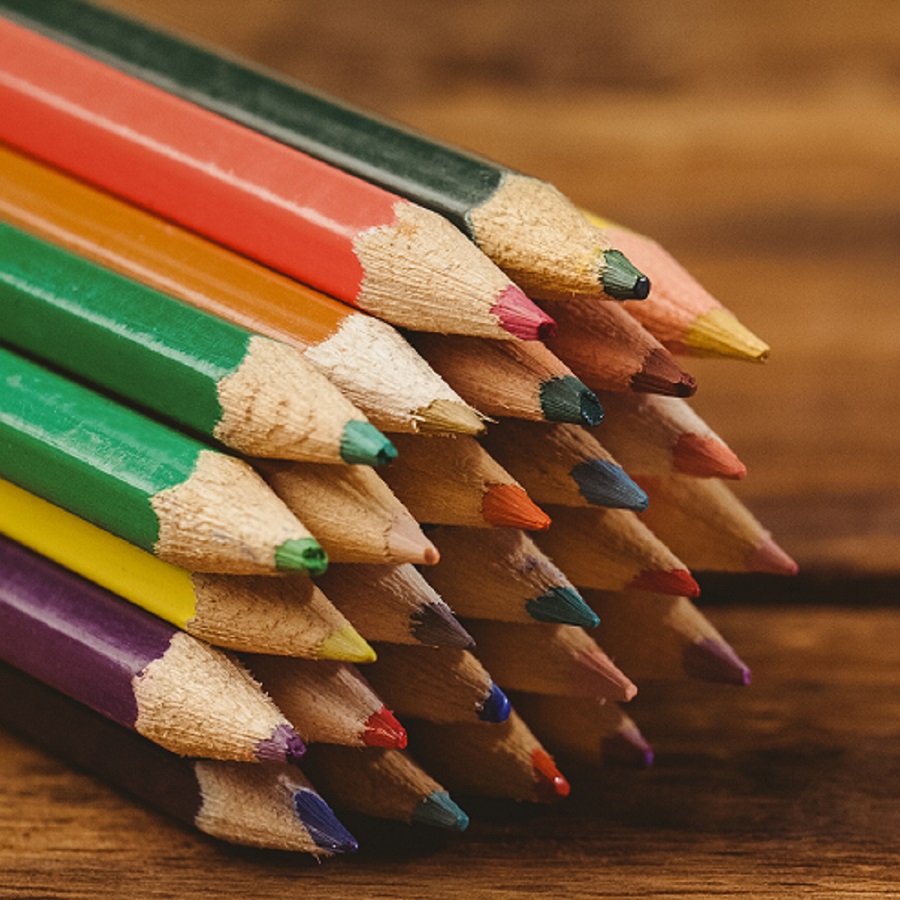Colored pencils are an essential tool for artists, offering a versatile and expressive medium for creating detailed and vibrant artwork. Whether you’re a professional artist or a hobbyist, choosing the right colored pencils can significantly impact your creative process and final output. In this guide, we’ll explore the best colored pencils for artists, delving into their composition, types, and how to select the perfect set for your needs.

Understanding Colored Pencil Composition
Colored pencils are more than just colorful sticks of wood; they are a blend of various components that contribute to their performance and quality. The core of a colored pencil consists of four main elements:

-
Pigments
: The heart of any colored pencil, pigments determine the color and vibrancy of the pencil. These can be natural, extracted from minerals like ochre or charcoal, or synthetic, produced through chemical processes to achieve a wide range of hues.

-
Fillers
: These materials, such as paraffin wax or talc, provide the necessary hardness and texture to the pencil. They also help in reducing the cost of production by diluting the more expensive pigments. -
Binders
: The glue that holds everything together, binders like glycerides, wax, or resin ensure the pigment and filler mix adheres to the paper. Different binders can affect the pencil’s smudging, layering, and blending capabilities. -
Wooden Casing
: Protecting the core and providing a comfortable grip, the wooden casing is typically made from basswood, poplar, or cedar. The choice of wood can influence the pencil’s weight and balance in hand.
Exploring Types of Colored Pencils
Colored pencils come in various types, each suited to different artistic styles and techniques:
-
Oil-Based Colored Pencils
: Known for their rich, intense colors and waxy texture, these pencils are ideal for creating bold, textured effects. However, they are not suitable for layering or easy erasure. -
Water-Soluble Colored Pencils
: These pencils can mimic the effects of both oil-based pencils and watercolors. When used dry, they offer similar results to oil-based pencils, but when wet, they blend into smooth, watercolor-like washes. -
Pastel Colored Pencils
: Featuring a soft, powdery core, these pencils provide excellent coverage and a unique granular texture. They are prone to dust, which can be a drawback for some artists.
Selecting the Best Colored Pencils for Your Art
Choosing the right colored pencils involves considering your artistic style, the type of projects you work on, and your personal preferences. Factors to consider include:
-
Color Range
: Ensure the set offers a broad spectrum of colors to meet your needs. -
Lightfastness
: Choose pencils with high lightfastness to ensure your artwork remains vibrant over time. -
Blendability
: Consider how easily the colors blend, which is crucial for smooth transitions and gradients.
For artists looking to purchase high-quality colored pencils, consider visiting
durzerd.com
for a reliable supplier or
cpencils.com
for a selection of the best colored pencils tailored for artists.
Enhancing Your Artistic Skills with Colored Pencils
To get the most out of your colored pencils, explore various techniques such as layering, blending, and shading. Experiment with different papers to see how they affect the pencil’s performance. For more detailed tutorials and insights, visit artistsnetwork.com for expert advice and step-by-step guides.
By understanding the composition and types of colored pencils, and by selecting the right set for your artistic needs, you can elevate your artwork to new heights. Invest in quality tools, and let your creativity flourish.



